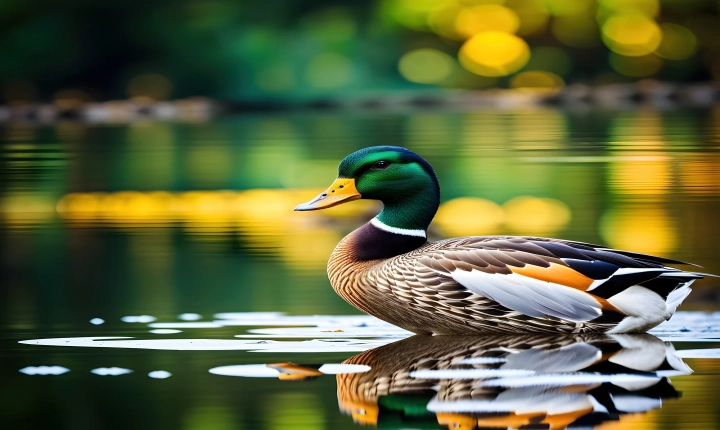Title: Exploring the World of AI Drawing: How Artificial Intelligence is Transforming Art
Artificial Intelligence (AI) has made significant advancements in various fields, from healthcare and finance to transportation and entertainment. One area where AI has been making waves is in the realm of art. AI drawing, which involves the use of algorithms and machine learning techniques to create original artwork, has been gaining attention for its innovative and sometimes surprising results.
AI drawing can take many forms, from creating digital illustrations and paintings to generating original designs and patterns. The technology has been used by artists, designers, and hobbyists alike to explore new creative possibilities and push the boundaries of traditional art-making.
One of the most well-known examples of AI drawing is the use of generative adversarial networks (GANs), a type of machine learning model where two neural networks compete against each other to produce realistic and original images. This approach has been utilized to create stunning, lifelike portraits, landscapes, and abstract compositions, often indistinguishable from human-made art.
In addition to producing visual art, AI drawing has also been used to assist artists in their creative process. For example, AI-powered tools can analyze existing artworks and suggest color palettes, composition techniques, and even generate new ideas based on historical art styles. This has the potential to streamline the art-making process and provide artists with new sources of inspiration.
Furthermore, AI drawing has the ability to democratize art creation by making it more accessible to a broader audience. With the help of AI-driven applications, individuals with varying levels of artistic skill can engage in the creative process, experiment with different styles, and produce compelling visual content. This inclusiveness can empower aspiring artists and enthusiasts to explore their creative potential in ways that were previously inaccessible.
However, the rise of AI drawing also raises important questions and considerations. Some may argue that AI-created art lacks the emotional depth and human experience that is often associated with traditional art-making. Others may express concerns about the ethical implications of AI generating original artwork and the potential impact on the value and authenticity of art in the market.
Despite these concerns, AI drawing continues to evolve and inspire new forms of artistic expression. As technology continues to advance, the intersection of AI and art will likely lead to further innovation and redefine the boundaries of creativity.
In conclusion, AI drawing represents a significant shift in how we conceptualize, create, and appreciate art. By harnessing the power of machine learning and computational creativity, AI has the potential to transform the art world, offering new opportunities for collaboration, experimentation, and artistic exploration. As we embrace the potentials and explore the implications of AI drawing, it’s clear that the future of art is being redefined in ways that were previously unimaginable.
